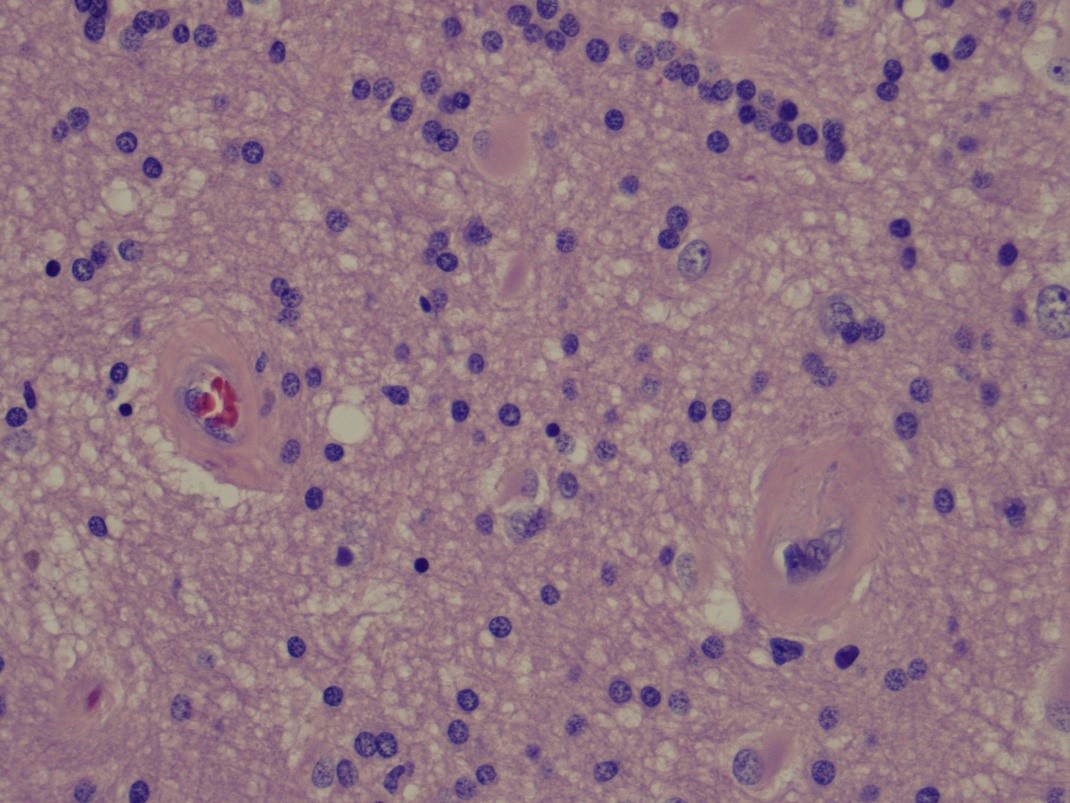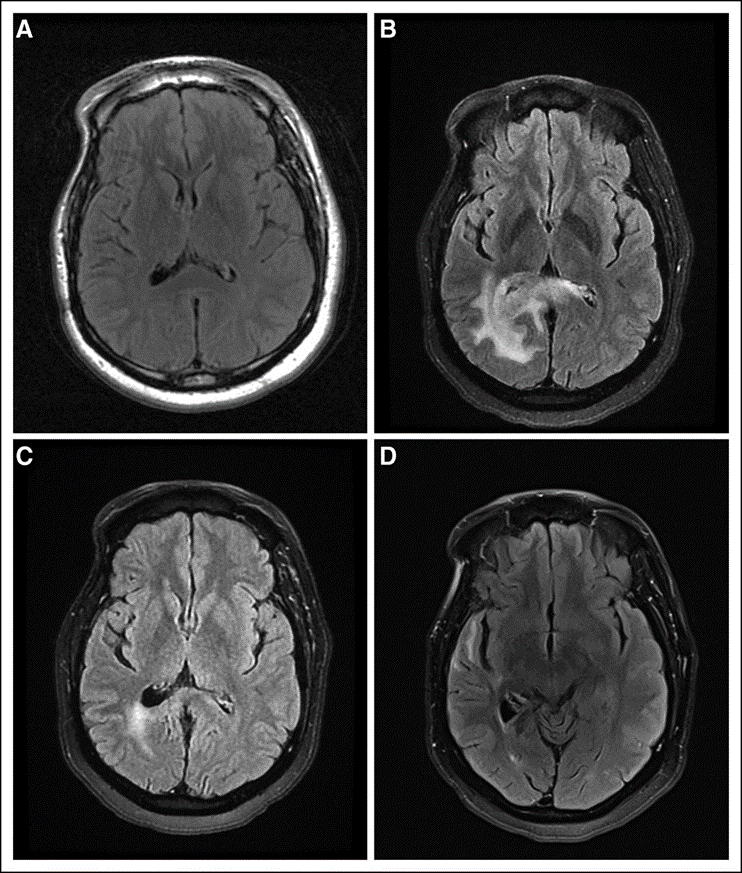Hyperbaric Oxygen Therapy and its Role in Radiation Necrosis
The human body is designed in a systematic way to fight many diseases and conditions with help of its immune system. But in certain severe conditions, when the body is exposed to radiation to treat tumours, it leaves behind more problems. One such problem is Radiation Necrosis which is a post-operative complication of Radiotherapy which leads to the death of brain cells. This condition can be prevented from escalating by the use of steroids, surgeries, or lasers, but perhaps the safest and most promising method is the use of Hyperbaric Oxygen Therapy!
What is Hyperbaric Oxygen Therapy?
Breaking down the constituent words: Hyper means “increased” and baric means “pressure”, Hyperbaric Oxygen Therapy simply means treatment that involves providing 100% pure Oxygen at high pressure (about twice or thrice that of normal pressure in air).
It is a new and promising method of treating many conditions in which high Oxygen concentration is required abruptly, and blood transfusion is not an option due to religious, immunologic reasons or simply due to a lack of availability of matching blood. One such condition for which Hyperbaric Oxygen Therapy is recommended is Radiation Necrosis. Let’s talk more about it!
What is Radiation Necrosis?
Radiosurgery or Radiotherapy of Central Nervous System tumours or metastasis by use of a high dose of radiation (more than 55 Gray units) [2[, often leaves brain parenchyma more susceptible to a long-term complication known as Radiation Necrosis.
According to a study in 2007, about 2.8% of patients treated for malignant glioma developed focal radiation necrosis, whereas 9% of patients that lived over a year after treatment developed this complication [5]
It often presents within a year of cessation of Radiotherapy but can appear as late as 6 to 7 years. It can easily mimic a recurrent tumour. Diagnosis of Radiation Necrosis is confirmed through Prolonged Follow-ups (which include taking different Scans & Imaging) or through Surgical resection and biopsy. [1]
What are the causes of Radiation Necrosis?
Radiotherapy causes vascular injury, which causes leakage of plasma fluid and its build-up in tissues, a condition known as Edema. This edema leaves the brain substance/parenchyma more susceptible to necrosis.
Vascular Injury stimulates the release of Vasculo-Endothelial Growth Factor (VEGF) which disrupts the blood-brain barrier resulting in leaky capillaries. Previously Vasculo-Endothelial Growth Factor was known as Vascular Permeability Factor due to its role in Capillary leakage in Brain tissues. All this sequence results in edema as mentioned previously. [6]
What are the risk factors for developing Radiation Necrosis?
According to a 2016 study [4], some risk factors were identified that determined the possibility of patients developing radiation Necrosis which included
- Lesion Location,
- Lesion Size,
- Radiation dose used (55 Gray units is the upper safe limit),
- Age (older age more susceptible due to weaker capillaries)
- Diabetes (vascular effects)
How is Radiation Necrosis diagnosed?
The patient usually presents about a year after cessation of Radiotherapy with one or more of the following symptoms:
- Headaches that may be severe
- Focal Neurological Deficits
- Drowsiness
- Personality change
- Confusion
- Memory loss
- Seizures in Severe cases
As mentioned previously, a definitive diagnosis is made through prolonged follow ups which includes taking scans and images, or through surgical resection. [1][4]
What are the different treatment options for Radiation Necrosis?
The basic strategy to counteract Radiation Necrosis is to reduce edema which renders Brain parenchyma more susceptible to damage. This is done in the following ways:
- Use of Corticosteroids such as dexamethasone and Vitamin E
- Countering the effect of the main culprit of Edema: Vasculo-Endothelial Growth Factor by use of its antibody Bevacizumab. This nullifies the effect of VEGF on endothelial cells hence preventing or reducing the buildup of edema in Brain parenchyma.
- In severe cases: Surgery
- Laser Ablation
- Hyperbaric Oxygen Therapy: mainstay of treatment for poor surgical candidates, areas inaccessible to surgery, or multiple sites of necrosis. [3]
Hyperbaric Oxygen Therapy is perhaps the most promising means of therapy that is non-surgical and has produced some impressive results!
What is the role of Hyperbaric Oxygen Therapy in the treatment of Radiation Necrosis?
Hyperbaric Oxygen Therapy provides pure oxygen at twice the normal air pressure, this helps increase blood flow and oxygen supply to tissues. This helped reduce cerebral edema according to National Cancer Insititute and was indicated as adjunct treatment along with Dexamethasone use.

Figure: Histologic picture of Brain Radiation Necrosis (Wikimedia)
Radiation Necrosis is pathologically an ischemic and coagulative necrosis. Oxygen supply at a 100% concentration aids in reversing this necrosis process and restoring tissues to normal structure and metabolic function. This reversal process is further aided by the Angiogenesis effect of Hyperbaric Oxygen Therapy.
Hyperbaric Oxygen Therapy is known to stimulate the production of new blood vessels by mobilising stem cells which differentiate into vessel-forming endothelial cells. New vessels mean newer pathways for Oxygen to reach brain tissues, hence increased Perfusion through the blood-brain barrier. [8]
Hyperbaric Oxygen Therapy also results in collagen formation which results in vessel repair, eventually returning capillary density to 4/5 of normal. [9]
Clinical Trials regarding the role of Hyperbaric Oxygen Therapy in Radiation Necrosis Treatment
According to a 2020 study, Hyperbaric Oxygen Therapy gave favourable results in the treatment of Brain Radiation Necrosis. In this study, this therapy was used as an adjunct to Corticosteroids and resulted in significant clinical stability and radiological improvement in many patients. It also resulted in a reduction of Steroid dosage during and post-treatment.
Perhaps the most definitive trial studied the effect of Hyperbaric Oxygen Therapy alone on a patient with Radiation Necrosis.
The patient aged 43 years presented one and a half years after total resection and adjunct radiotherapy of right temporal astrocytoma. Pre-treatment MRI (Magnetic Resonance Imaging) Scans were taken (B) which revealed abnormal white radiopacity in the right temporal lobe which crossed the midline. Patient also suffered from headaches which he rated as being 8 out of 10 on the severity scale.

- Regular Surveillance Scan showing no abnormality. (B) Abnormal radiopacity across right temporal lobe (C) Scan after 32 therapy sessions (D) Scan after 60 therapy sessions
From the options between steroids, bevacizumab or Hyperbaric Oxygen Therapy patient chose the latter. Each treatment session consisted of three 30 minute sessions in which 100% oxygen was provided to the patient at 2 atmospheric pressure in a hyperbaric chamber.
Results after 32 sessions were promising. MRI scans showed a decrease in radiopacity intensity (C) and clinically patient observed the headache intensity reduced to half the original severity.
After 60 sessions, MRI scans showed almost complete resolution of radiopaque lesion, along with reduced edema. Clinically patient reported reduced frequency and severity of headaches whose pain rating declined to almost zero after 2 months.
This case study is solid evidence of the efficacy of Hyperbaric Oxygen Therapy as a standalone treatment for Radiation Necrosis.
How safe is Hyperbaric Oxygen Therapy?
Hyperbaric Oxygen Therapy is a generally very safe procedure with little or no side effects and very rarely any complications. Side effects can be kept to a minimum if therapy time is less than 2 hours and pressure doesn’t build up beyond 3 times the normal atmospheric pressure. Hence it is quite safe in Radiation Necrosis as sessions are divided into three 30-minute sessions.
As the patient is placed inside a high-pressure chamber, he or she may feel ear or sinus pain. Patients may also feel fatigued or light-headed due to prolonged therapy sessions.
The dose of oxygen for each therapy session should be determined for each individual specifically by a medical practitioner. Patients may require breaks in between sessions to breathe normal air to prevent the buildup of abnormally high levels of oxygen.
In very rare and severe cases, patients may also get seizures due to Oxygen toxicity. According to research, patients experiencing seizures had risk factors for it including narcotic withdrawal, alcohol withdrawal, antidepressant, cephalosporin, ceftriaxone, or tramadol use. Hence medical practitioners should carefully evaluate patients for these risk factors before starting Hyperbaric Oxygen Therapy.
Conclusion:
Hyperbaric Oxygen Therapy is a very effective method of treating Radiation Necrosis as indicated by the case study mentioned above. However, like any means of treatment, it is not 100% risk-free. Medical practitioners should carefully evaluate the patients for risk factors and weigh all the available options before choosing the most appropriate one for each patient.
Citations:
- Jiayi Huang, Jian L. Campian, in Neuro-Oncology for the Clinical Neurologist, 2021
- Shannon M. MacDonald, in Clinical Radiation Oncology (Fourth Edition), 2016
- Edward W. Jung MD, … John H. Suh MD, in Glioblastoma, 2016
- Isabel Arrillaga-Romany, … Patrick Y. Wen, in Handbook of Neuro-Oncology Neuroimaging (Second Edition), 2016
- William Whiteley, Robin Grant, in Neurology and Clinical Neuroscience, 2007
- Wang, Y., Pan, L., Sheng, X. et al. Reversal of cerebral radiation necrosis with bevacizumab treatment in 17 Chinese patients. Eur J Med Res 17, 25 (2012). https://doi.org/10.1186/2047-783X-17-25
- National Cancer Institute
- Thom SR, Bhopale VM, Velazquez OC, Goldstein LJ, Thom LH, et al. Stem cell mobilization by hyperbaric oxygen. Am J Physiol Heart Circ Physiol. 2006;290:H1378–86
- Jeremy A. Smith, DO and Joshua L. Fenderson, MD: Diving Into Radiation Necrosis: Hyperbaric Oxygen Therapy in Cerebral Radiation Necrosis
- Co, J., De Moraes, M., Katznelson, R., Evans, A., Shultz, D., Laperriere, N., . . . Tsang, D. (2020). Hyperbaric Oxygen for Radiation Necrosis of the Brain. Canadian Journal of Neurological Sciences / Journal Canadien Des Sciences Neurologiques, 47(1), 92-99. doi:10.1017/cjn.2019.290

